Independent publishing takes focused work. The author — and any team members they hire — is responsible for writing, editing, proofreading, formatting, and designing the book. When all of that work is finalized, you must determine how to get the finished product into the hands of readers.
What Are the Steps to Shipping and Distributing an Indie Title?
According to Publisher’s Weekly, the number of ISBNs assigned to self-published titles grows yearly. Writers released 2.6 million independent titles in 2023 — a 7.2% increase over 2022. Not all authors release print copies of their books, but following a few steps simplifies the process for those who want to gain an edge in the hard copy category.
1. Know the Market
Start by assessing other recent books in your genre. Find a cover that will suit your story and look great on a bookstore shelf. Knowing what readers expect gives you an edge when designing your book so you can ensure it stands out and catches their attention.
2. Select the Right Printer for Your Needs
Unless you have a name to sell thousands of copies of your books, it’s likely best to stick with a print-on-demand option. Instead of keeping an inventory of your books, your printer will print and ship each book as someone orders it. While the cost per book is higher than other methods, you’ll avoid storing boxes of books that may not fully sell.
3. Consider the Packaging
If you plan to keep books on hand and ship them out as people order them, think about the best packaging to protect them. Damaged books can result in losses and reduced profits. Readers should receive a perfect product — finding ways to protect the pages and cover is crucial to happy customers and a positive reputation.
4. Include Inserts
If you package and ship books from your home or office, consider how you might be able to include marketing materials to promote future sales. For example, you might add a flyer about the rest of the series, showing your backlist, or advertising an upcoming release.
Some authors offer bundles, allowing readers to buy the entire series of books at a discount. You could promote that offer by including a QR code in the package, which they can scan with their phone to easily buy the rest of the books.
5. Consider Wholesale
The question of whether or not you need a book wholesaler is valid. Amazon sells directly to the consumer and can print, package, and ship your book efficiently. While the Amazon program works well for direct retail sales, it’s less profitable for wholesale distribution.
Baker & Taylor and Ingram are the largest book distributors in the United States. When customers place an order, they prepare and ship the book. They also supply wholesale copies to big box stores, libraries, and bookstores. You can self-publish through these companies and expand your reach.
Full-service distributors often charge a higher commission but may make up for the difference in volume. If you aren’t making a profit, you may need to tweak your distribution method until you find more success.
Track Results and Make Changes
You may have trouble determining which option is best, especially if you’re a new author with just one or two books under your belt. Pay careful attention to your numbers. Run analytics to see if the current printer works well or if you should make changes.
As a self-published author, you have complete control over the third-party providers you work with. The power of having someone else handle orders and shipping for you may free up more of your time for writing new books. Wherever you land on the indie publishing journey, know your readers will enjoy receiving their next shipment of your books.
Get an Editorial Review | Get Amazon Sales & Reviews | Get Edited | Get Beta Readers | Enter the SPR Book Awards | Other Marketing Services




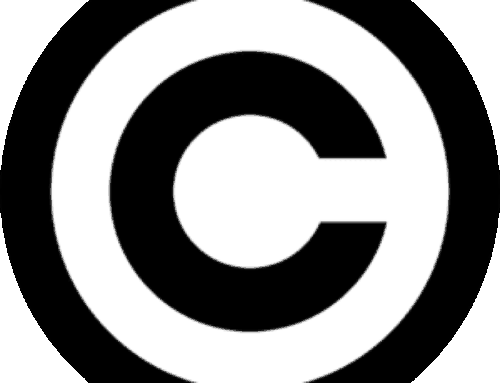









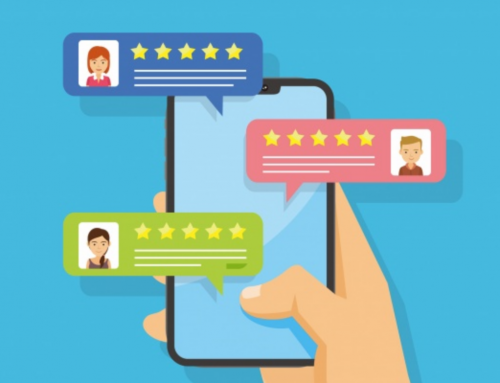
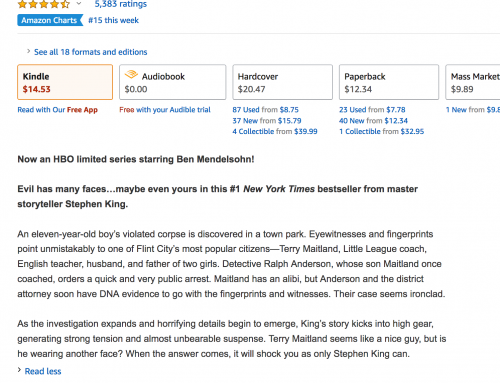
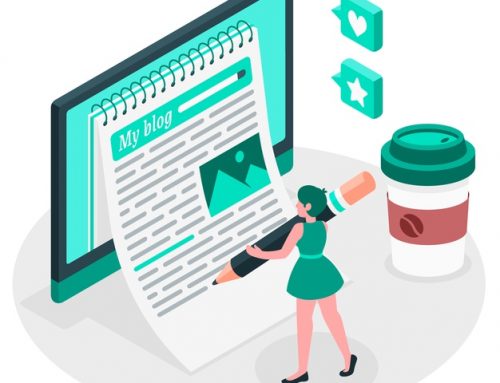

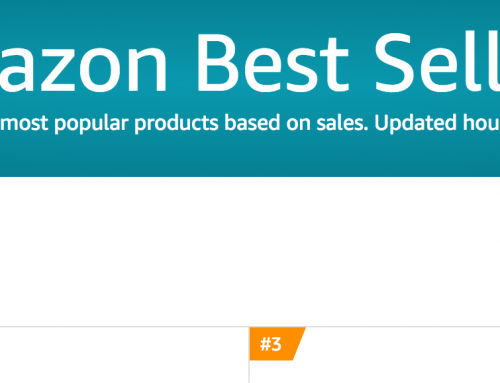


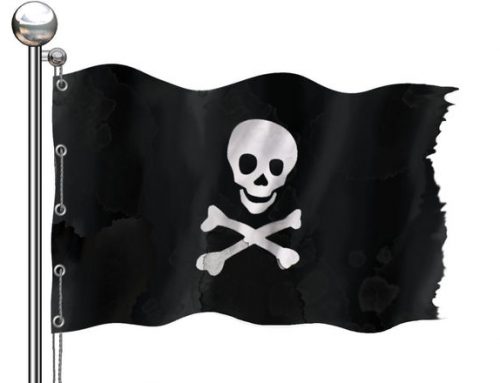
Leave A Comment